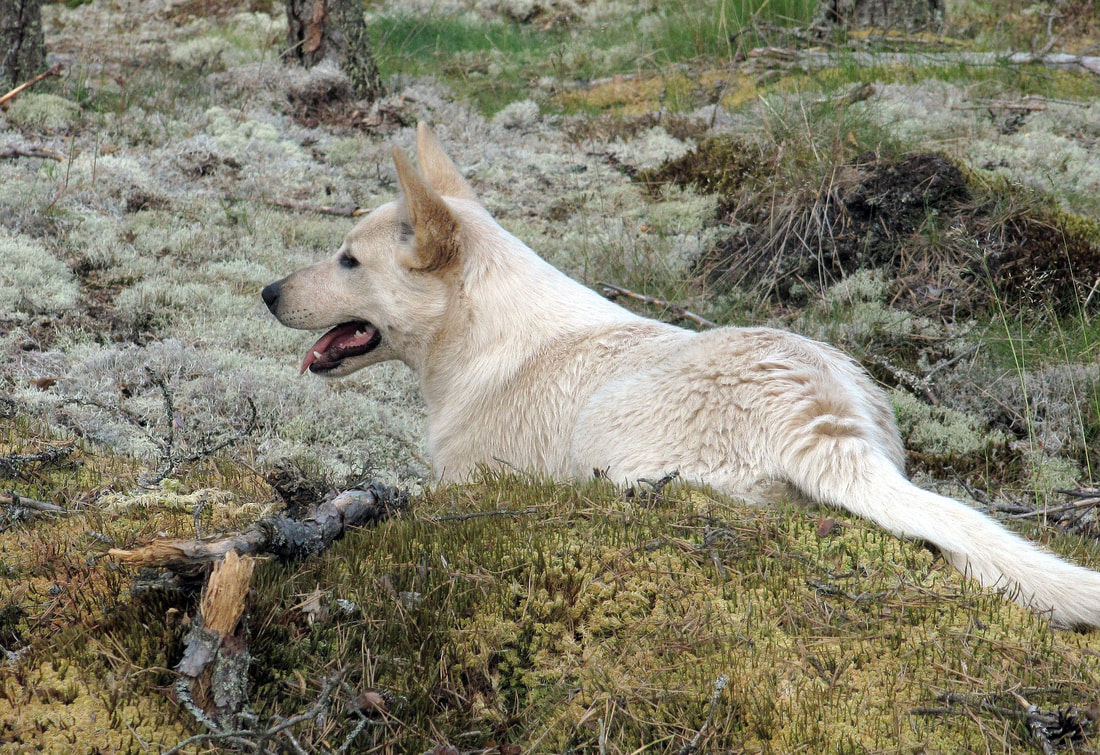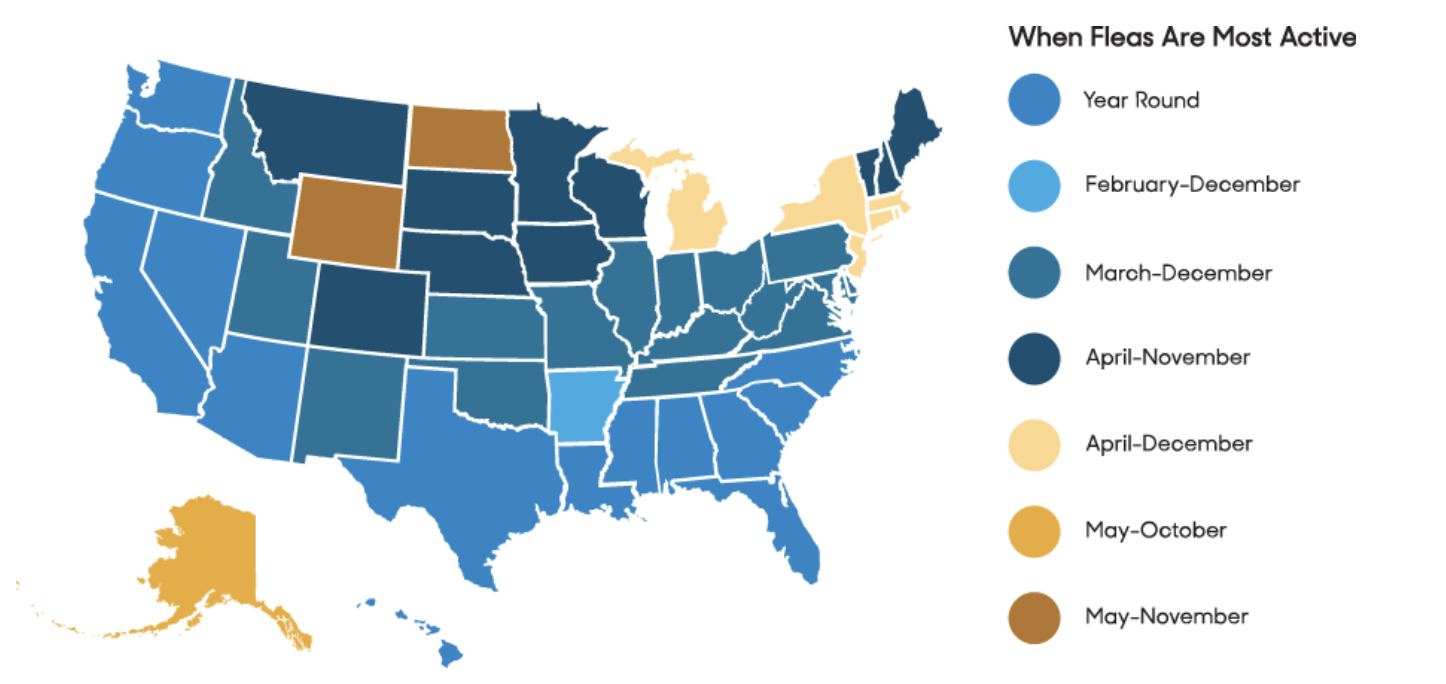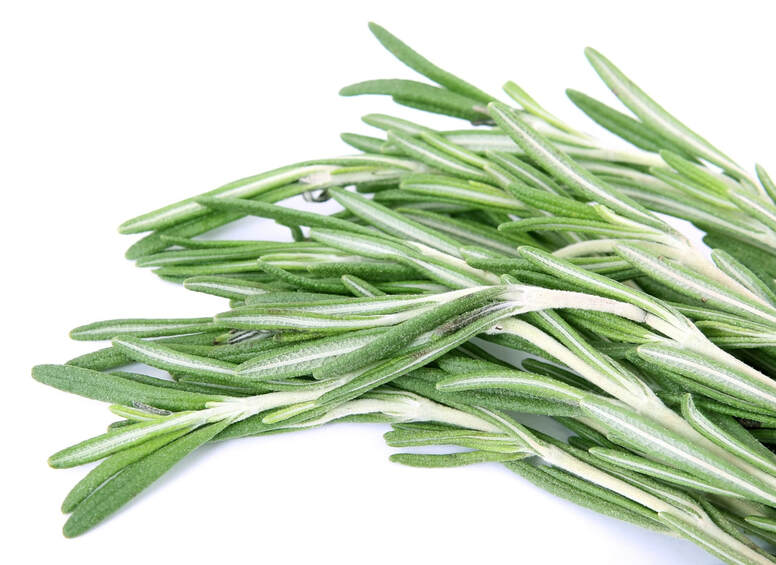|
Do you have trouble falling asleep and staying asleep? Read this curated guest post to learn some great tips on how you can get a good nights rest. Sleeping is one of the easiest things to do, so why can it be so difficult to fall asleep and then stay asleep? Personally, I have fought with insomnia in different periods of my life. The problem was always clearly related to stress and having too many worries, but the underlying reasons and possible solutions differ from person to person. Here’s what some of the experts say: ALESSA CARIDI – JOBUFIT Walk it out We spend SO much of our work days sitting only to come home, cook dinner, eat dinner sitting down, and then catch up on our favorite TV series sitting down. Get where I am going with this? This seated statue feeling doesn’t help me go to sleep. In fact, it does the opposite, I’m not tired at all when it comes to my bedtime. So, I plan some light movement before I head to bed. Not a traditional workout, but some light housekeeping. I tidy of the living room, maybe fold a basket of laundry (standing up), and I clean the kitchen / load the dishwasher. This movement, combined with the time of the evening, allow my body to feel tired and really look forward to climbing into bed. CINDY PERLIN – ALTERNATIVE PAIN TREATMENT DIRECTORY Do some gentle range of movement exercises and stretches before you get into bed. One of the contributors to difficulty falling asleep and waking in the middle of the night is trigger point pain. A trigger point is a hyper irritable spot, a nodule in a taut band of skeletal muscle, that causes pain, often in an area distant from the spot. Emotional stress, overexertion and inactivity all activate trigger points and the pain can be severe. If you’ve been immobile for too long, either before you go to bed, or during sleep, the inactivity can cause trigger point activation and pain. Move your head and neck through a full range of slow motions, rotate your arms backwards and forwards, make bicycling movements with your legs while lying down, rotate your feet and ankles and move them back and forth, twist your upper body from one side to the other and so forth, making sure to do the movements slowly and gently. These and similar movements will reduce the chance that trigger point pain will keep you from falling asleep or staying asleep. ELISE MARIE COLLINS Good sleep starts at sunrise Get out early to get light on your eyes. The sun resets your biological clock so that you feel sleepy at night and alert in the morning. Daylight wakes you up your physiology by halting melatonin production. LOREN FISHMAN – SCIATICA.ORG Get the clock out of sight The commonest form of insomnia is the worry: “It’s so late. If I don’t get to sleep right now I’ll be a wreck tomorrow,” which makes the worrier so anxious that she/he looks at the clock, worries even more, is less able to relax, and lo, it’s even later than it was before. This, naturally, brings about another time check. Intervene on this vicious cycle by taking the clock out of the recurrent equation. ROBERT HERBST – W8LIFTERUSA.COM The inability to fall asleep is often in one’s head and becomes a self-fulfilling prophecy. People tell themselves they have trouble falling asleep and then they start dreading going to bed and when they get there, expect not to fall asleep. It’s like when say they can’t sleep on airplanes and then immediately turn on a movie when they get to their seat. Through years of necessity, I have told myself that I can sleep anywhere-planes, trains, and automobiles-and I take advantage of the quiet time. I have gotten off a long flight from New York to Australia fresh and ready to go. So when one gets into bed, they should just know that they are going to fall asleep and relax. RHODA CLIMENHAGA – YO1 Work at Sunrise, Rest at Sunset As the sun rises, the Qi and blood in our bodies move from the inner organs to the exterior channels to facilitate activity. As the sun goes down, specifically between 11 p.m. – 3 a.m., the Qi and blood return to the organs. If you are not resting during this time, these organs will not be able to do their job and you will, at the very least, feel sluggish the next day. DOMINIQUE HODGIN – DR. SEARS WELLNESS INSTITUTE Read for at least 5-10 minutes before bed Reading has been proven to lower cortisol levels. It helps to calm your mind and body at bedtime. There is something about relaxing and enjoying written words, especially ones of encouragement or humor, which sets the stage for sleep. Just make sure what you are reading is lulling and not over-stimulating, like a murder mystery or work emails. It is also preferable to keep your reading off a back-lit screen — or at least use a blue light blocking app or glasses. MARTIN REED – INSOMNIA COACH Always get out of bed at the same time every day Getting out of bed by the same time every day strengthens the sleep/wake cycle and ensures that adequate sleep pressure builds during the day. Over time, this will make it easier to fall asleep at night and improve sleep quality.
0 Comments
Read this extensive contributed post to learn how to help your pets prevent fleas and ticks during peak seasons and all year long! They’re the scourge of every pet owner and two of the most frequent pet care concerns: fleas and ticks. Fleas are notorious for causing intense itchiness and their bites can lead to hair loss, allergy dermatitis, and in extreme cases, anemia. While ticks don’t cause as much obvious discomfort, their bites can cause paralysis, anemia, and serious infections, like Lyme disease. Cats and dogs can pick up either blood-sucking parasite pretty easily, simply by laying outside in the grass, passing by trees or shrubs, or from their furry friends at kennels, groomers, dog parks, etc. While flea and tick prevention requires a year-round regimen, the peak and duration of their season depends on where you live. Learn more below about flea and tick season in your area and the best ways to protect your pets and your family. When is Flea and Tick Season? Fleas and ticks prefer warm weather, humid conditions, and moist areas. This means that in warmer and/or wetter parts of the country, it’s flea and tick season year-round. If you live in a state where the weather gets cooler or drier, you and your pets will generally get a reprieve during the winter months. Ticks are most active over the summer — starting as early as April and lasting into September — while the worst season for fleas is fall — September, October, November. According to research, the number of fleas on animals in the fall is 70% higher than in the spring. This is due to generally warmer and wetter weather and many animals getting in their thicker winter coats. Based on data from American Kennel Club Most states are classified by PetMD as having “mild-moderate” flea and tick seasons, which refers to how active pests are during the given season. More mild seasons are experienced by Colorado, Connecticut, Iowa, Kansas, New Mexico, West Virginia, and Wyoming. Fleas and ticks find refuge in wooded areas rich with shrubs, weeds, woodpiles, dense grass, and fallen leaves. Since their survival depends upon the availability of a host, both parasites are constantly looking for someone warm and furry to deliver their next meal. Fleas find their host mostly by light and heat, but also use other cues, like breath, body odor, and vibrations. Once a host is detected the flea literally jumps into action and eventually aboard a host. Ticks strategically position themselves, in waiting, near well-used paths, atop blades of grass, at the tips of shrubs, or under piles of leaves, ready to grab hold of a passing host. Once they’ve found a host, each parasite navigates through fur until it reaches the skin, then they bite to begin feeding. Ticks can feed continuously from a host for up to 7 days before dropping off, while fleas feed many times a day (hence all those itchy bites), consuming up to 15 times their body weight in blood, daily. Something that can make flea season so arduous is the parasite’s rapid reproduction. Female fleas lay eggs after each meal, around 40-50 eggs each day, meaning thousands of eggs in a lifetime. The eggs are non-sticky, so they’ll fall off the host and land in other areas of your home (ie: bedding, carpet, furniture, etc). So while getting rid of adult fleas is half the battle, once they’re in your home it’s easy for animals, and humans, to get attacked by newly hatched fleas. This is why any treatment option should tackle all life cycles. Ticks are less of a persistent threat after initial contact. If separated from a host before feeding, a “hungry” ticks will die in a typical house environment within 24 hours. If the tick has just eaten, it may be able to survive longer, but not long enough to mature and bite again or lay eggs (usually more than a month). Prevention Tips Unless they’re exclusively indoor animals, it’s difficult to ensure your pets will never encounter fleas or ticks in their lifetime. So the most important preventative measure you can take to protect them is to maintain regular flea and tick treatment. Whether it’s a pill, chewable tablet, or topical treatment (check out our reviews of flea treatments for dogs and cats), year-round medication is essential for stopping an infestation before it begins. Most preventative flea treatments are also effective against ticks. Flea treatments use pesticides to kill adult fleas on your pet. But don’t worry, any insecticides used in these products have to be approved by the Environmental Protection Agency as safe for use on pets and around people. Many treatments also contain insect-growth regulators (IGRs) that prevent fleas from reproducing and laying more eggs that would lead to a re-infestation. In addition to making your pet a flea- and tick-free zone, you can also take steps to make your property equally inhospitable to the parasites. Your yard is the frontline in this battle. Experts from PetMD recommend utilizing the natural pest-fighting abilities of beneficial nematodes (microscopic worms that occur naturally in different soils, enter the bodies of insects bacteria and release bacteria that kill it within 24 to 48 hours). You can spray-treat backyards and gardens with nematode solutions, although there are many outdoor spray solutions to help prevent or manage fleas. Keep garbage sealed and shut tightly and the garbage area as clean as possible, to discourage wild animals and feral pets from coming into your yard and bringing fleas with them. If you’d prefer to try natural remedies, commonly suggested alternative treatments include: diluted Apple Cider Vinegar, dish soap, herbal flea spray, baking soda, salt, lemon spray, diatomaceous earth, and certain essential oils, including chrysanthemum, rosemary, lavender, spearmint. Just keep in mind that there is little to no clinical evidence that these alternative treatments are effective. In fact, some natural flea and tick remedies used for humans can cause severe reactions in cats and dogs, like geranium, eucalyptus, pennyroyal oil, garlic, and onion. Humans are also targets of fleas and ticks, and the diseases and pathogens they potentially carry. Protect yourself and your family by taking basic precautions when going outside or interacting with unacquainted pets/animals, especially during peak seasons. Signs Your Pet Has Fleas If your pet is scratching excessively, has scabs, hair loss, or irritated skin, or pale gums, weight loss, or energy loss (anemia symptoms), it’s possible they’ve got fleas. Thoroughly inspect your pet’s skin by moving fur around. You can just use your fingers or a specialized flea comb. If fleas are present, it’s likely you’ll see those bloodsucking trespassers moving about. But otherwise, you’re basically looking for salt and pepper: white specks are flea eggs, while black specks are bits of dried blood known as “flea dirt.” You may also spot flea dirt in your pet’s bedding or favorite chair. Steps to kill fleasSteps to take when you’ve discovered fleas on your pet:
The best method of keeping fleas away is to practice preventative measures on a regular basis, before there’s a threat. Keep your home thoroughly clean. For your pet, continue the administering of shampoos, sprays, topical treatments, collars, or pills on a regular basis. Continue to utilize outdoor sprays to treat your yard and carpet sprays to treat your carpets, upholstery, and furniture. If necessary, fog your home. Unfortunately, flea infestations are difficult to eradicate immediately. It takes time and one must remain proactive and diligent in preventing and maintaining these pests. Consult your vet before administering any treatment. Signs Your Pet Has a Tick If you suspect your pet has a tick, you can do a visual check (mainly around the head, neck, ears, or paws) as well as try to feel for them by running your fingers through your pet’s fur. Symptoms of a tick bite vary, as some are caused by reactions to the bite and others by the diseases they can carry, like Lyme disease, but common symptoms include:
Steps to remove a tick If you’ve found a tick on your pet (or yourself) it’s important to remove it as soon as possible.
|

















 RSS Feed
RSS Feed
